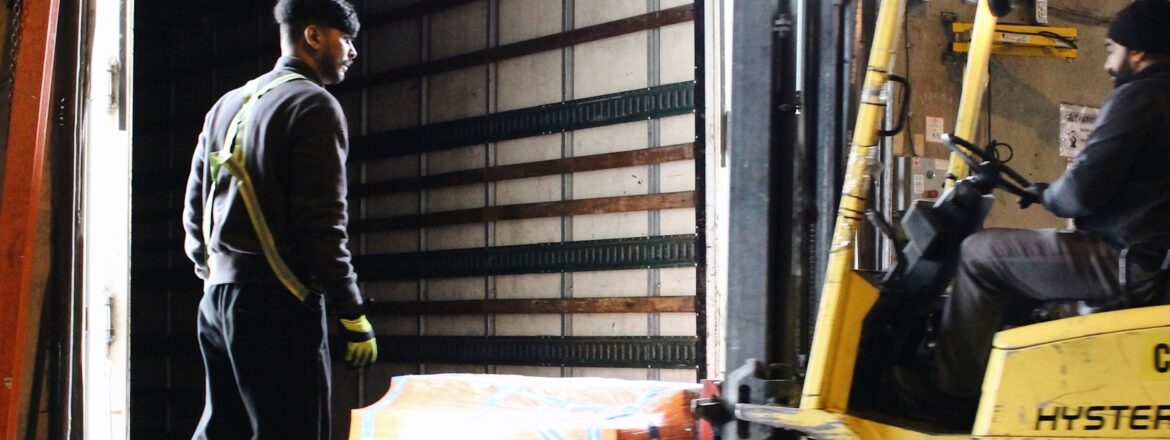Preparing goods for LTL shipping
Vancouver’s leader in trucking and warehousing looks into the most important steps to follow when preparing your goods for LTL shipping this season. They have tips that will save you money and time!
LTL shipping is a fantastic way for many businesses to get their goods from A to B and preparing your goods efficiently for travel can help you maximize the power of this shipping method. Having everything in order as much as you can will definitely help curb the stress as we enter this year’s peak shipping season. As a leader in LTL and FTL trucking in the lower mainland, we’ve got some tips on how to prepare your goods for LTL shipping.
One of the most cost-effective shipping methods is LTL (Less than Truckload) shipping, especially for smaller-volume freight. Shippers share the truck space and only pay for the amount of space they occupy, resulting in lower prices. But, with LTL shipping, your freight is handled by several parties, and preparing your goods for travel is key to having a successful shipping experience.
Dimensions
Having accurate measurements of your freight is very important as this gives you a better estimate of your freight quote and avoids extra unnecessary costs. This information also helps LTL trucking companies and carriers with the planning process of how much goods will fit on a given truck. Accurate dimensions help to reduce costs and provide a smooth and efficient shipping process for everyone at the end.
Measuring:
- Measure the length, width, and height of your shipment (rounding up to the next inch)
Bill of Lading
This document details the who, when, how, and what is being transported and essentially acts as a receipt of your shipment. A Bill of Lading is required by all LTL shipping carriers.
Some information included in the BOL are:
- Shipper’s name
- Recipient’s information
- Date of the shipment
- Number of units being shipped
- Type of packaging being used
- Description of the goods being shipped
- Freight class, dimensions, value
Packaging and Labeling
This is one of the most important steps when having your goods shipped LTL. Shippers are encouraged to package their goods on pallets or crates with the following practices:
- Crates to secure smaller units
- Pallets for heavier goods
- Crates and pallets can be used together
- Heavier items should be placed on the bottom and lighter items on the top
Properly securing your freight prevents unnecessary damage as there are fewer chances of loose parts falling or breaking off. Pallets, with their flat bottoms, also allow for stacking and are much easier to move around with forklifts during the transportation process.
In addition to packing your freight well, each handling unit should have a label attached clearly indicating how the shipment should be handled. These may include “Do Not Stack,” “Fragile,” “This side up,” and “Handle with Care.” A BOL should also be included with every shipment.
Loading your shipment
Your goods should be properly labeled and packaged for loading when the trucking carriers arrive to pick up your shipment. To maintain time and cost efficiency, the window for loading is small and not having your cargo ready when the LTL trucks arrive for pickup will result in delays and extra costs. Hence, be mindful of your time management when planning for your next pick-up.
As one of the leading trucking companies in Vancouver, BC, we strive to provide all our customers with seamless, easy, and efficient solutions to all their transporting and warehousing needs. Our decades of experience and friendly team will ensure that you receive all the best care.
We operate a bonded warehouse and have a fleet of 5-ton trucks, flat-decks, and 53’ trailers that service all the ports/rails, you can count on us to help you tackle this peak shipping season! Contact us today at (604)-276-9044 or info@sandhartrucking.com to see how we can help your business grow!

